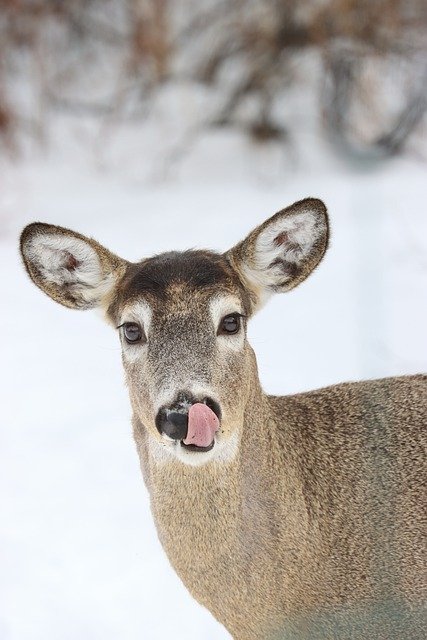Migration vs Hibernation
/Something about winter that has often intrigued me, aside from the winter wonderlands, are the reasons why different animals choose to migrate or hibernate. In nature, migration is the act of traveling from one area to another to escape seasonal changes. Hibernation is the act of “shutting down” and “sleeping” to avoid harsh environmental conditions. Many organisms of the Indiana Dunes have evolved to either use migration, hibernation, or a combination of the two during the winter. But what is it that makes these strategies so desirable? Why do some species waste precious energy traveling hundreds of miles, while others stay confined in a cramped-little den for months-on-end? These are the kinds of questions I’m left with when I wonder to myself, “how are our various Dune’s critters doing these days?”
What I’ve come to think is that these animals may have had the right idea all along. The reason these techniques are so preferable is because they are especially helpful for avoiding the worst aspects of winter.
Take hibernators for instance; little creatures like groundhogs, turtles, and snakes don’t have the mobility necessary to travel long distances. A winged-warbler can fly from Northwest Indiana to South Florida with (relative) ease, but a lowly-lizard would have a pretty hard time crawling that far. So if they can’t leave their frigid homes so easily, then their only practical option is to stick around. Times are tough in the winter though, and finding enough food, water (that isn’t frozen solid), and shelter can be hard. It’s a challenge that our cold-blooded friends must overcome in order to survive though. Enter hibernation: a real winning strategy! By “going to sleep” for the winter, animals can cut back on the amount of food and water they need to survive. Other animals that stay awake all winter, like deer, need to forage constantly for food or run the risk of starvation. But all a hibernator needs to survive the winter is a belly full of fat and a good shelter to hide in until spring. Of course, when they do wake up, they’ll be hungry and seriously dehydrated, but that’s a problem they can solve when the snow thaws!
Migrators, on the other hand, avoid the problems that come with winter by leaving all together. They COULD stay and try to weather the cold with the rest of us, BUT as we said earlier, times are tough in the winter and finding enough resources to survive is never a guarantee. For those with the means then, getting away for the season is pretty appealing. “Why bother staying amidst the snow and ice when we could go to the tropics instead?” Birds are probably the most recognizable migrants; every year millions of birds travel back and forth between their summer and winter homes during migration season. Traveling so much takes a long time and a lot of energy (like A LOT of energy), but they can just “recharge their batteries” in their vacation homes. Food sources like fruit or insects, especially, are a lot easier to find in warmer, more southern areas compared to Indiana in the winter season.
It’s truly amazing what adaptations nature can come up with to survive. I believe that we all could learn a thing or two from our Park’s winter critters. Maybe we all can try taking a nap the next time a blizzard blows through, or perhaps we may be happier in Mexico enjoying some “invierno” cuisine! Whatever strategies we choose though, we can rest easy knowing our Dunes critters will still be here when spring arrives again.
Alex “Burdy” Burdsall
2nd Year Environmental Educator Fellow









